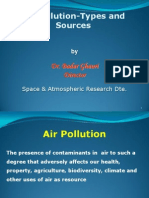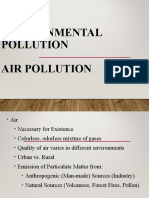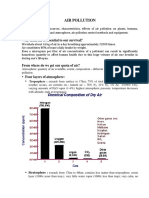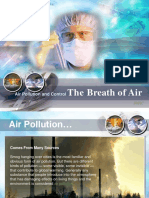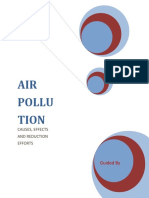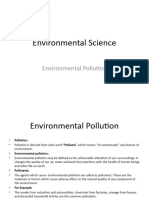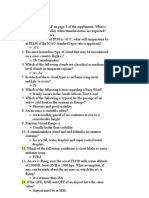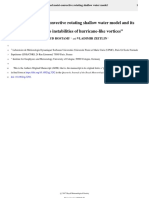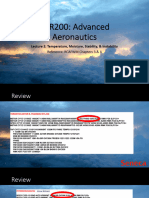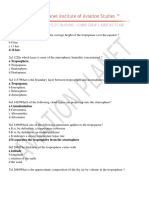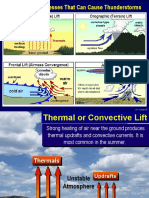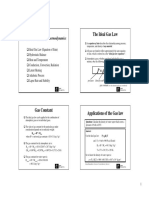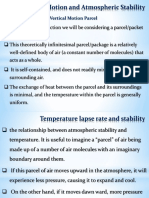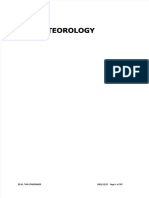0% found this document useful (0 votes)
10 views43 pagesClass Lecture 1
Air pollution is the introduction of harmful substances into the atmosphere, affecting human health and the environment. It can originate from natural sources like volcanic eruptions and forest fires, or anthropogenic sources such as industrial emissions and vehicle exhaust. The document also discusses the classification of pollutants, their effects, and the role of meteorology in understanding air pollution dynamics.
Uploaded by
mahiasharmin128Copyright
© © All Rights Reserved
We take content rights seriously. If you suspect this is your content, claim it here.
Available Formats
Download as PDF, TXT or read online on Scribd
0% found this document useful (0 votes)
10 views43 pagesClass Lecture 1
Air pollution is the introduction of harmful substances into the atmosphere, affecting human health and the environment. It can originate from natural sources like volcanic eruptions and forest fires, or anthropogenic sources such as industrial emissions and vehicle exhaust. The document also discusses the classification of pollutants, their effects, and the role of meteorology in understanding air pollution dynamics.
Uploaded by
mahiasharmin128Copyright
© © All Rights Reserved
We take content rights seriously. If you suspect this is your content, claim it here.
Available Formats
Download as PDF, TXT or read online on Scribd
/ 43









